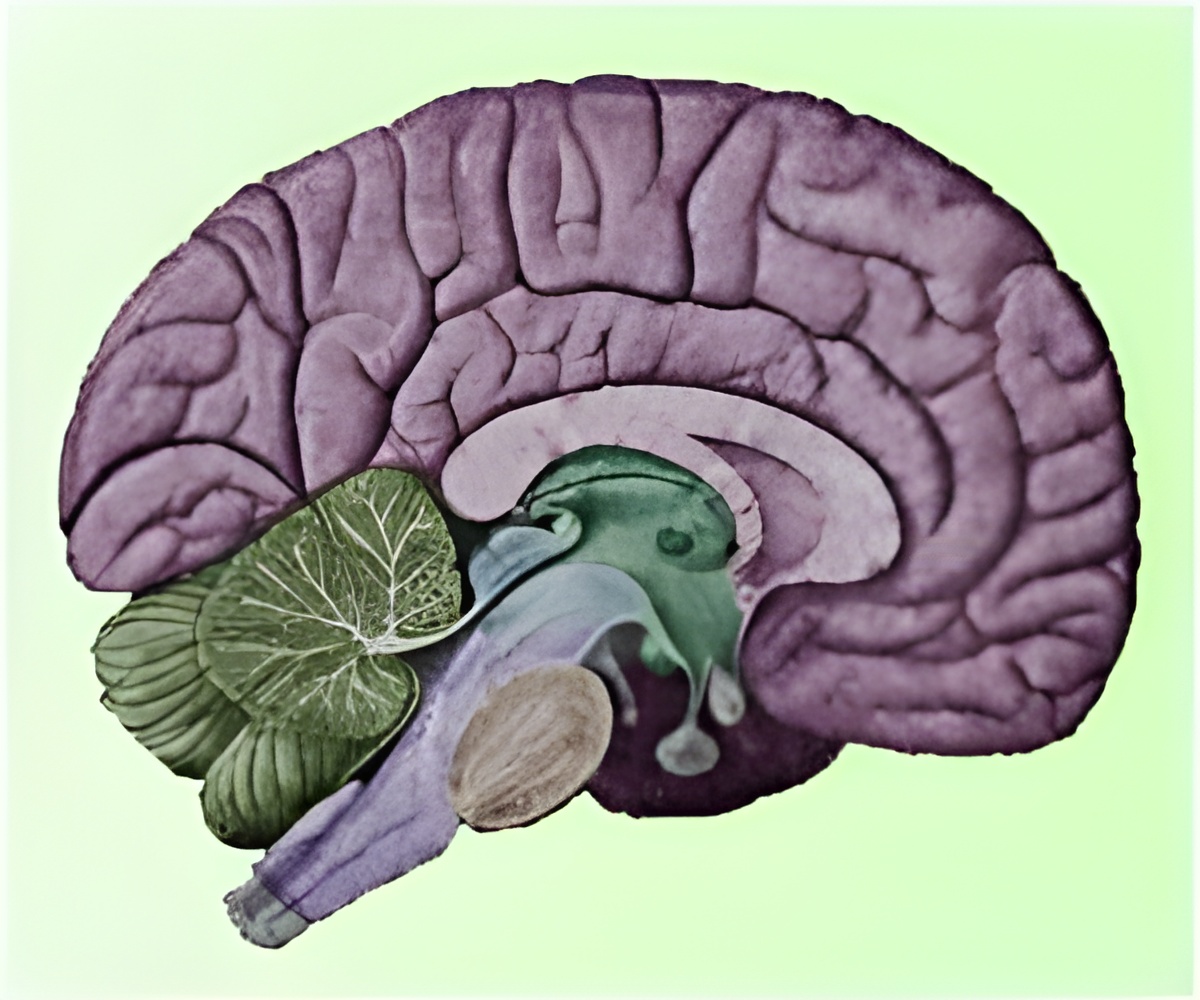
Regardless of whether they could see or not, the study participants seemed to aim ahead of the ball carrier's trajectory and then run to the spot where they expected him or her to be in the near future.
Researchers called this a "constant target-heading angle" strategy, similar to strategies used by dogs catching Frisbees and baseball players catching fly balls.
Dennis Shaffer, assistant professor of psychology at The Ohio State University at Mansfield said that it's also the best way to catch an object that is trying to evade capture.
"The constant-angle strategy geometrically guarantees that you'll reach your target, if your speed and the target's speed stay constant, and you're both moving in a straight line. It also gives you leeway to adjust if the target abruptly changes direction to evade you," Shaffer said.
"The fact that people run after targets at a constant angle regardless of whether they can see or not suggests that there are brain mechanisms in place that we would call 'polymodal'-areas of the brain that serve more than one form of sensory modality." Sight and hearing may be different senses, but within the brain the results of the sensory input for this task may be the same.
Advertisement
The study is published in the journal Psychonomic Bulletin and Review.
Advertisement









